The Largest Mekong Catfish Ever Caught Still Holds The Record
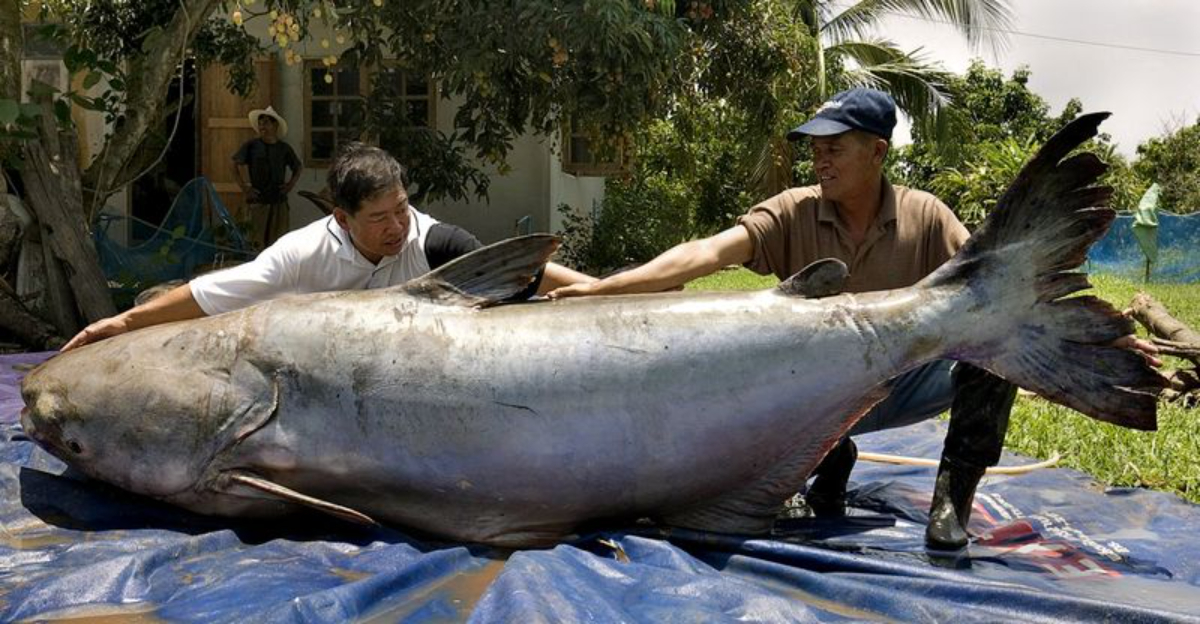
Hidden in the murky waters of Southeast Asia swims a true river giant. The Mekong giant catfish is among the world’s largest freshwater fish, with one specimen breaking records that stand to this day.
In 2005, a fisherman in northern Thailand made history by catching a behemoth that would amaze scientists and fishing enthusiasts worldwide.
1. The Record-Breaking Mekong Catfish: 646 Pounds (2005)

A colossal catch shocked the fishing world when Thai fishermen hauled in a 646-pound Mekong catfish in May 2005. This mammoth fish measured nearly 9 feet long!
The record-setting giant required several men to handle and quickly became a global sensation, drawing attention to these remarkable river dwellers.
2. No Larger Freshwater Catfish Has Been Recorded
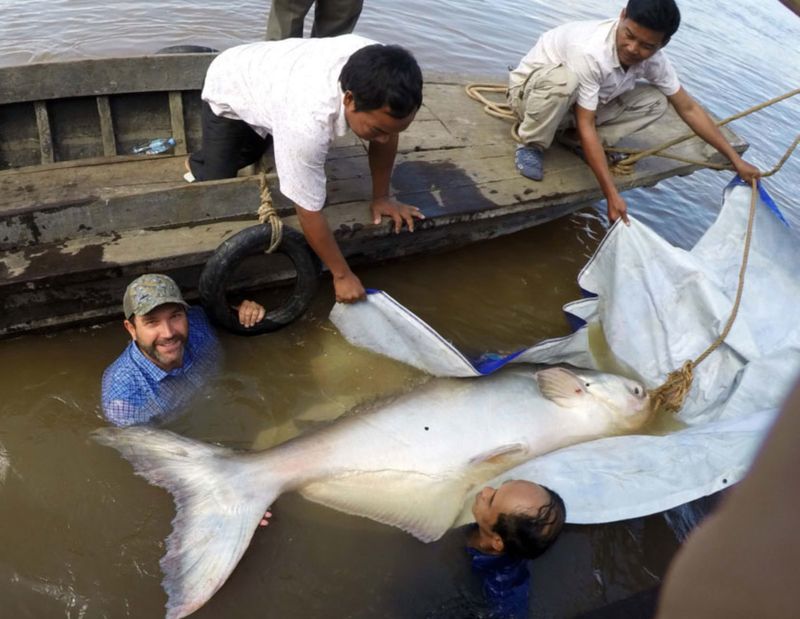
Almost two decades later, the 646-pound monster remains undefeated. While rumors of larger specimens occasionally surface, none have been officially verified or documented by scientists.
Fishing enthusiasts worldwide continue their quest to break this impressive record, but the 2005 giant stands firm in fishing history books.
3. The Mekong River’s Role In Producing Giant Catfish
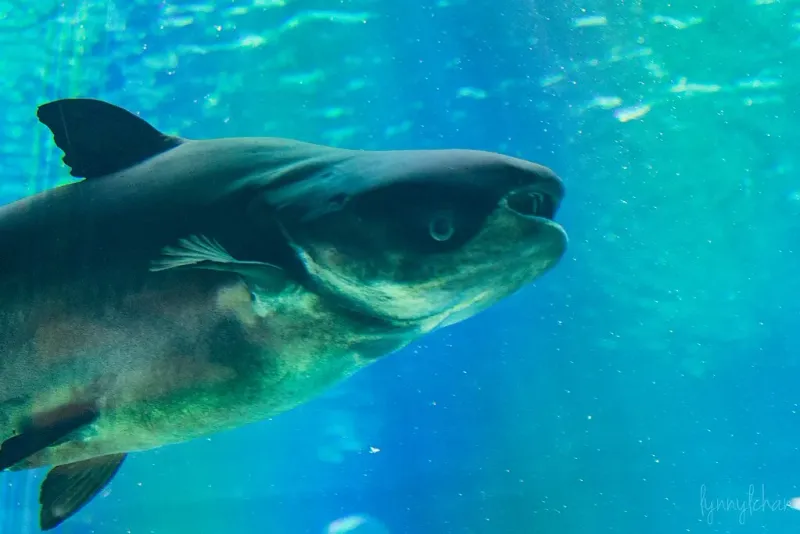
Stretching across six countries, the mighty Mekong creates perfect conditions for these aquatic giants. Its nutrient-rich waters support extraordinary growth.
Annual flooding cycles spread food resources throughout the river system. Deep pools scattered along the river’s course provide crucial sanctuaries where these massive fish can develop undisturbed.
4. The Mekong Giant Catfish’s Size And Power
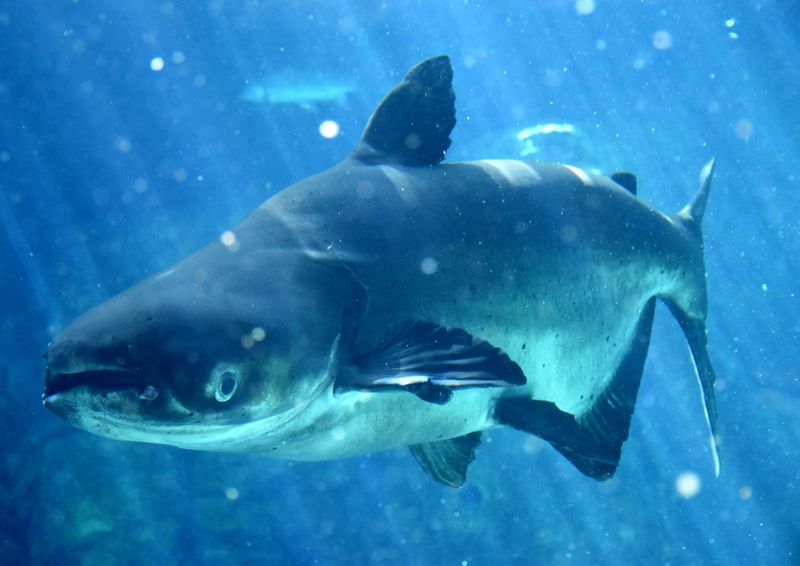
Imagine a fish as long as a small car! Adult Mekong catfish can reach 10 feet in length with massive, torpedo-shaped bodies built for power.
Their muscular frames allow them to navigate powerful currents with ease. Despite their intimidating size, these giants possess surprisingly small eyes and lack the teeth found in many other catfish species.
5. Conservation Concerns For Mekong Giant Catfish
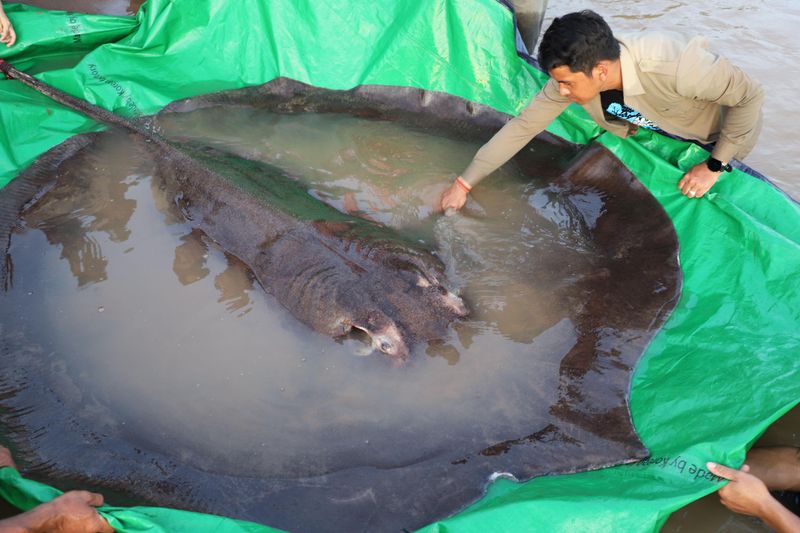
Sadly, these remarkable fish face a dire future. Population numbers have plummeted by 90% in recent decades.
Dam construction blocks their crucial migration routes. Overfishing continues despite regulations, while pollution further threatens their survival. Without significant conservation action, these magnificent creatures could disappear within our lifetime.
6. How The Mekong Giant Catfish Was Caught
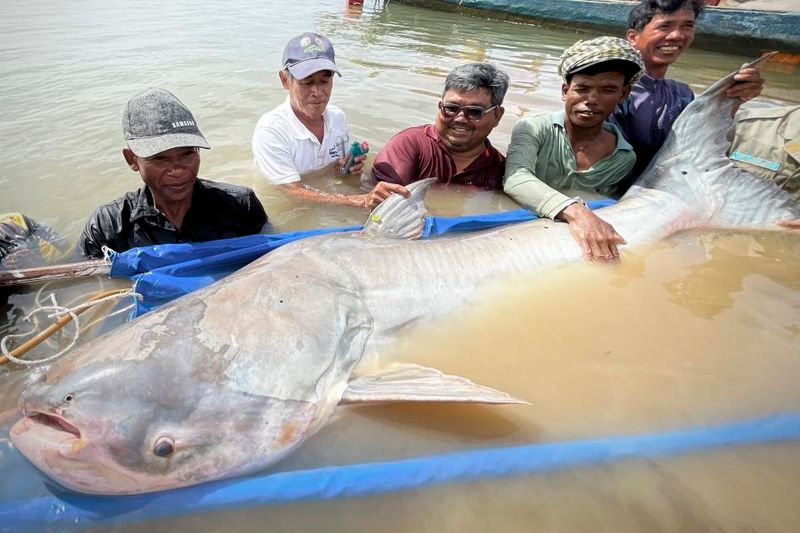
The record-breaking catch wasn’t landed with modern equipment but through traditional fishing methods passed down for generations. Local fishermen used specialized nets anchored across strategic river sections.
When the massive fish was discovered, it reportedly took over a dozen men several exhausting hours to bring it ashore safely. A true test of human endurance versus aquatic power!
7. The Species’ Incredible Growth Rate
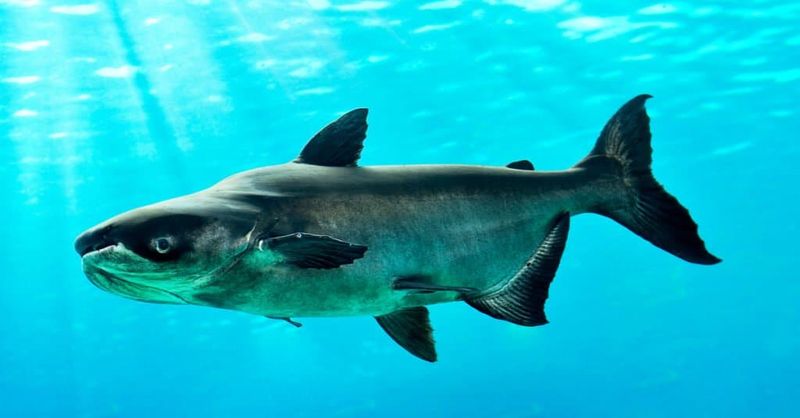
Young Mekong catfish grow faster than nearly any other freshwater fish. In optimal conditions, they can gain an astonishing 10 pounds per month!
This extraordinary development comes from their specialized diet of algae and plants. Unlike most catfish, these giants evolved to be primarily herbivorous, allowing them to consume vast quantities of readily available river vegetation.
8. The Catfish’s Impact On The Ecosystem
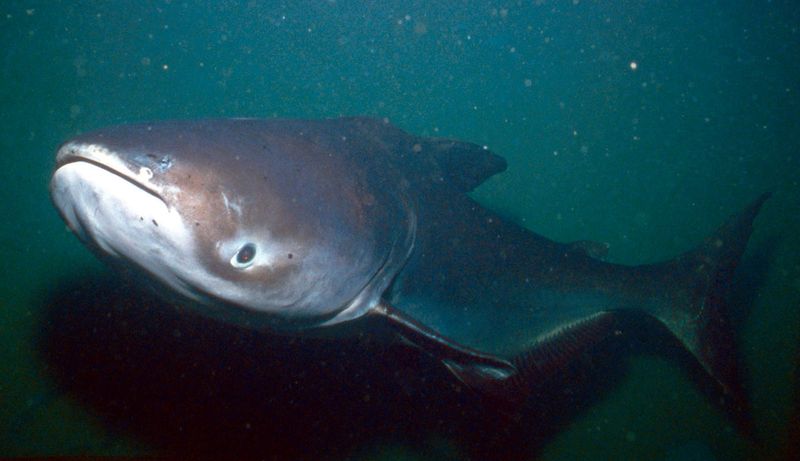
As gentle giants, these massive fish serve as natural river engineers. Their constant foraging stirs up river sediment, redistributing nutrients throughout the ecosystem.
Their migrations once transported valuable minerals between different river sections. The decline of these ecological architects has created ripple effects throughout the Mekong’s intricate food web, highlighting their outsized importance.
9. The Mekong Giant Catfish’s Unique Appearance
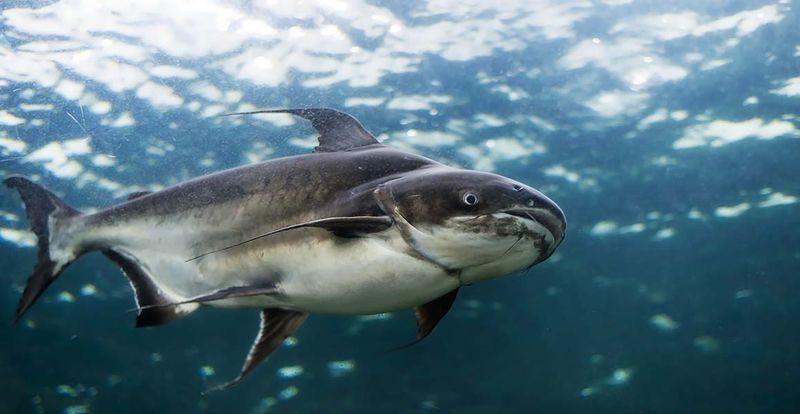
Unlike their whiskered cousins, adult Mekong giants lack the prominent barbels typically associated with catfish. Their smooth, scale-less skin appears almost shark-like.
Their distinctive dark-gray coloration fades to white underneath. Perhaps most striking is their massive mouth, perfectly evolved for gulping large amounts of plant matter during their feeding frenzies.
10. The Role Of The Mekong Catfish In Local Culture

Throughout the Mekong basin, these magnificent fish hold near-mythical status. Ancient temple carvings depict their distinctive form, revealing centuries of cultural significance.
Traditional ceremonies once celebrated seasonal catfish migrations. Even today, catching one brings prestige to entire villages, while consumption of their meat is believed to bring strength and good fortune.
11. The Importance Of Protecting The Mekong River

The Mekong’s health directly determines the fate of its giant catfish. Recent conservation efforts include establishing protected breeding zones and enforcing seasonal fishing bans.
International cooperation has become crucial as the river crosses multiple countries. Scientists are working with local communities to develop sustainable fishing practices that allow both humans and catfish to thrive together.
12. Other Large Fish Species Found In The Mekong

While the giant catfish reigns supreme, the Mekong hosts several other impressive aquatic giants. The dog-eating catfish, despite its alarming name, grows to 440 pounds.
The giant freshwater stingray can reach widths of 6.2 feet. These remarkable creatures share the increasingly threatened river system, making the Mekong a true sanctuary for freshwater megafauna unlike anywhere else on Earth.






